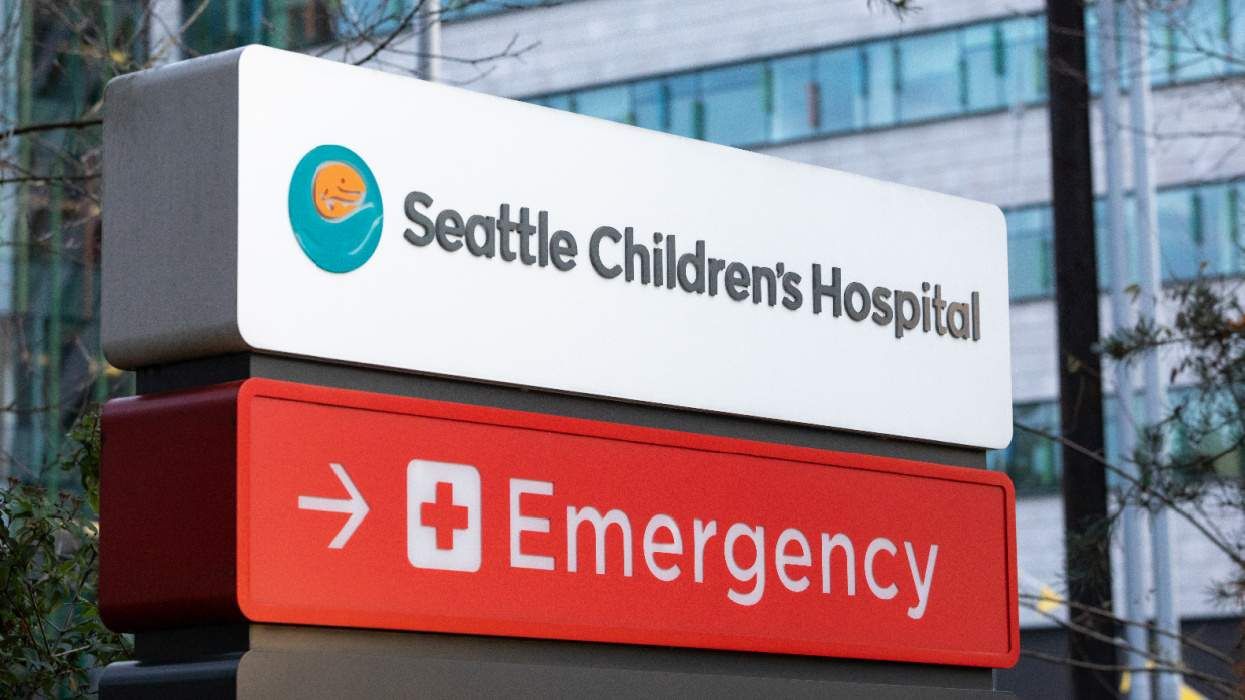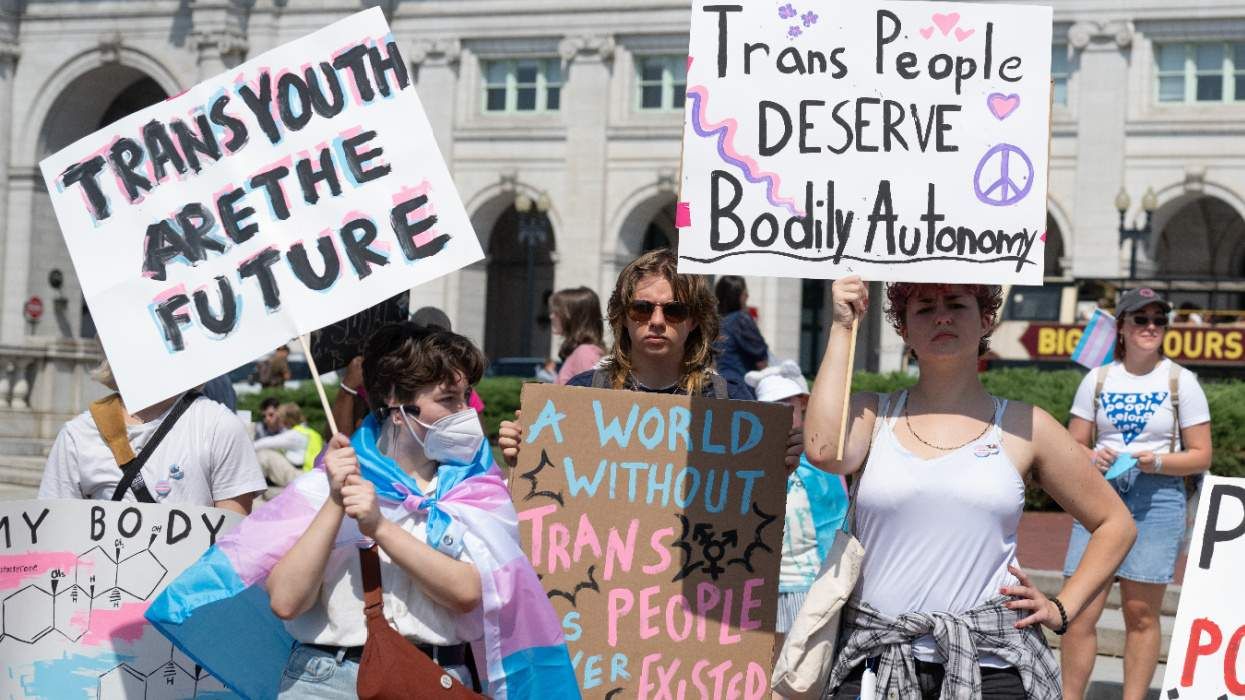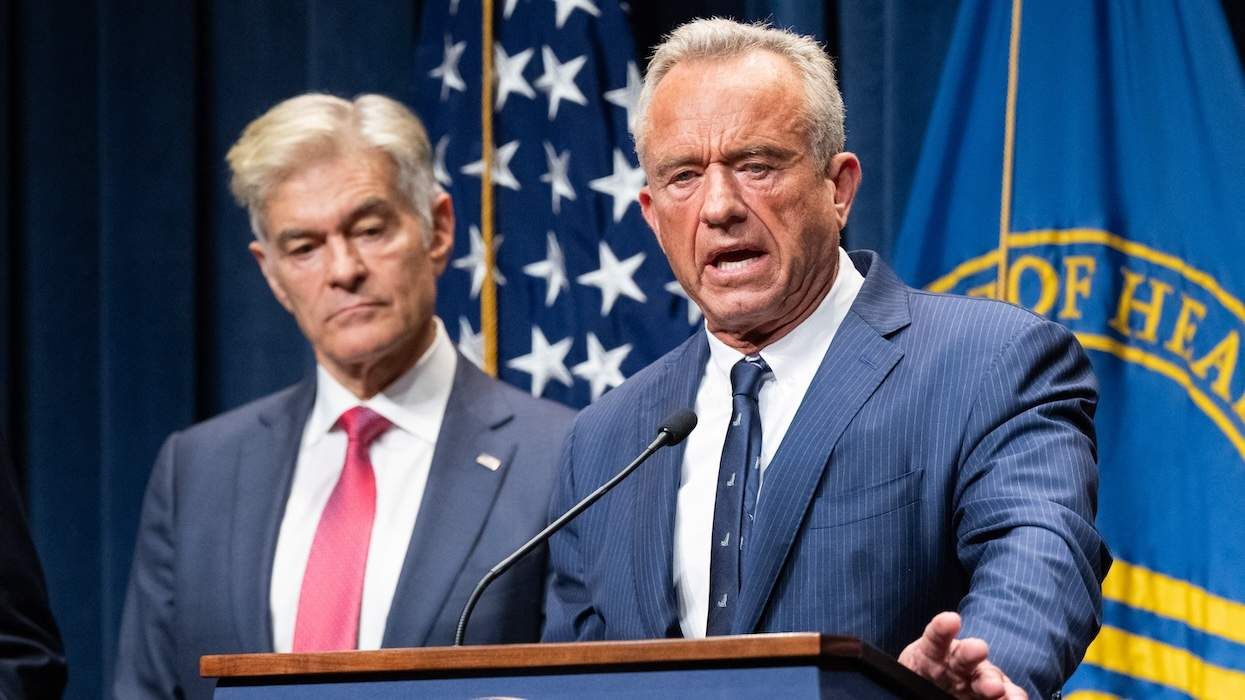Last week, Planned Parenthood indicated that it will withdraw from the federal family planning program, known as Title X. The difficult decision comes in response to a Trump administration rule, which, among other provisions, prohibits Title X recipients from offering their patients referrals for abortion services or providing abortion services at the same site. Planned Parenthood has made it clear that it will never deny its patients full information about their reproductive health options. So this week will mark the termination of federal contracts with one of the most extensive and effective sexual and reproductive health providers in the nation.
Just weeks before the publication of the final rule, the Trump administration also proposed a plan to end the HIV epidemic in America. The plan calls for work to reduce new HIV infections to less than 3,000 per year by 2030 and focuses resources on the jurisdictions with the most significant HIV burden as well as seven states with substantial HIV infections in rural areas.
The obstacles to achieving this goal are many, but foremost is reaching the individuals who are currently at highest risk of HIV and inadequately served by the health system. Indeed, the U.S. HIV epidemic is defined by enormous disparity, with 67 percent of all new HIV diagnoses occurring among gay and bisexual men, and Black women being diagnosed at 15 times the rate of white women and accounting for 60 percent of diagnoses among women. Poverty, service accessibility, stigma, and discrimination continue to stall progress towards eradicating HIV. Given these barriers, HIV service providers that can affordably and effectively reach these populations with care are vital to the HIV response.
Planned Parenthood is one of those providers.
Planned Parenthood administers about 740,000 HIV tests annually and diagnosed an estimated 729 to 1,158 people with HIV in 2016. A recent amfAR analysis showed that of the 7,666 clinics and hospitals currently providing HIV testing in the U.S., eight percent are Planned Parenthood affiliate sites. This proportion was highly variable by state, and in several states (Colorado, Connecticut, Iowa, Indiana, Minnesota, New Jersey, Ohio, Oregon, Utah, Vermont, Washington, and Wisconsin) 12-25 percent of HIV testing facilities are Planned Parenthood health centers.
Moreover, Planned Parenthood is one of the nation's new providers of PrEP, a medication that prevents people from acquiring HIV even if exposed. Providing PrEP is a key component of the Trump administration's plan to end the HIV epidemic -- the delivery of which through Planned Parenthood sites may be jeopardized under new budget constraints.
Beyond the numbers, Planned Parenthood is known to many as a safe and affirming care provider offering affordable and nonjudgmental sexual and reproductive health services. In the U.S., family planning providers are often a woman's primary source of health care, with some surveys showing that for over 40 percent of women accessing health services at publicly funded family planning clinics, it is their only source of care. Commonly, women report choosing these sites for health care because of free or low-cost services and knowledgeable and respectful staff. Indeed, serving clients at all income levels is an important goal of Planned Parenthood health centers, and the numbers support it; a 2012 analysis showed that 20 percent of all women who received an HIV test, and were living below the poverty line, did so at a Title X-supported clinic.
While it is too early to project the full impact of Planned Parenthood's withdrawal from Title X, we know that the landscape of sexual and reproductive health service delivery in the U.S will change. Budget cuts to Planned Parenthood health centers may force reductions in client load and service delivery, or site closures. As we have learned from global contexts, when funding is reduced, organizations often cut mobile or outreach services first in order to maintain services at their static sites. These cuts disproportionately affect those who are least likely to access health care, like young people, who often can't afford to travel or are otherwise unlikely to visit static facilities and are more reliant on outreach services.
This reality is already starting to unfold, with a recent report of Planned Parenthood-operated mobile clinics in Cuyahoga County, Ohio, being forced to halt outreach to low-income communities due to upcoming Title X budget cuts. Cuyahoga County has some of the highest rates of HIV in the state, and has been selected as a priority jurisdiction for the Trump administration's plan to end the HIV epidemic. It's not yet clear how, or if, such service delivery gaps in Cuyahoga will be filled, nor whether alternate providers will be able to establish trust in these communities in order to deliver services.
Planned Parenthood is not the only organization that will withdraw from Title X, and this shift may prompt even greater HIV service disruptions. And while family planning health centers are far from the only source of HIV services in the U.S., they are vital to the country's HIV testing infrastructure, especially for low-income women. Title X-supported clinics, including Planned Parenthood health centers, are essential for reaching clients who would otherwise not be reached. Ending the HIV epidemic in the U.S. is already a monumental task, and undermining strong partners in the Title X program with proven ability to serve hard-to-reach clients makes achieving this goal even more difficult.
Jennifer Sherwood is a policy associate at amfAR, the Foundation for AIDS Research, and Ph.D. student at Johns Hopkins School of Public Health.















